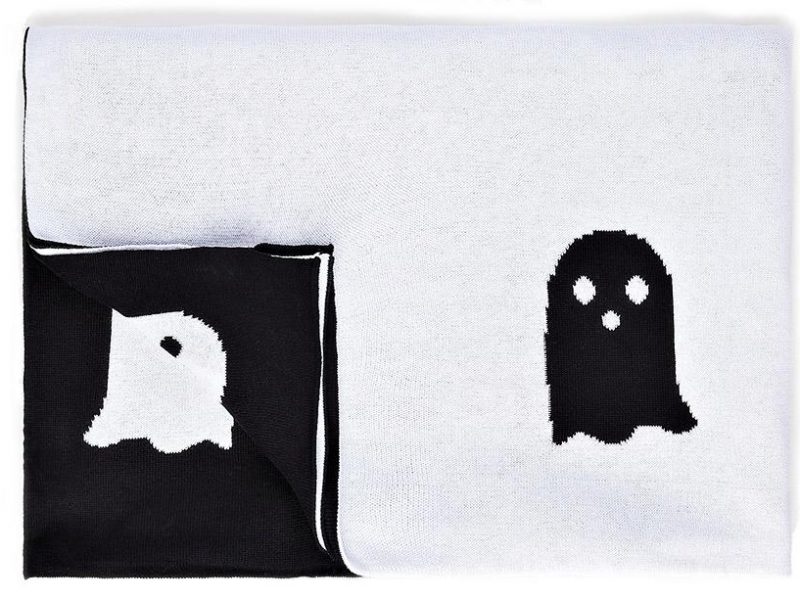
Helping Babies Sleep
As a father to six children I have experienced many variations in the learning curve of what helps babies get to sleep and what doesn’t. I currently have two children under the age of two and four years and children in their 20s. Together, all of my kids have helped in teaching me the all-important sleep patterns of babies. Here are a few helpful tips for getting your baby to sleep:
• 0 – 3 months: A baby in the fourth trimester can often fall asleep in any appropriate place such as your arms, a bassinet, the floor, an infant carrier. If your baby has a difficult time falling asleep take a look at their environment. Are they too warm or cool? Is the light too bright? Are there loud noises? Babies often like to be rocked and soothed at this point in time.
• 3 – 6 months: At this point, you should have started to figure out what works for your baby and what doesn’t work. When your baby becomes fussy, you should rock them, give them a pacifier, speak to them softly, sing a song, or play soft music. Some experts say the sound of the vacuum cleaner will calm baby down. Keep in mind that whatever you start to do regularly will become their known routine.
• 6 – 12 months: The most important thing during this phase is to create a routine and stick with it. Everyone comes up with something a little different that works for them: a song, a story, a warm bath, a final bottle, whatever it may be, it is up to the parent to implement this routine while remaining consistent in order for baby and parent to successfully understand and enjoy the bedtime routine.
From my experience, the most common mistakes include:
• Entering the room to coddle the child because they are fussing for too long. If you do this, your baby will learn that if they fuss they’ll get picked up. It is best to make sure your baby has “burped,” is not wet and not hungry before putting them down, or you will second guess yourself, and end up falling into their ploy to be held instead of nap.
• Encouraging change too quickly and without realizing it causes shock and confusion for your baby. For instance, if your child is used to falling asleep in your arms and you decide to now put her in the crib awake, it is going to be a little bit of a shocker for the baby with this drastic (but wise) change. Put yourself in your baby’s shoes (so to speak) and work on the process gradually. There’s always a learning curve – for both you and your baby.
Naptime: And then there’s the all-important naptime. Create a schedule and a routine for your child and stick with it. A sound naptime is essential to beneficial nighttime sleeping too. Make sure your baby has a quiet, dark place to nap multiple times throughout the day. Just as with bedtime, naptime should come with a sense of routine and comfort. Your baby will get used to the routine and the stable rhythm, and will soon fall into naptime effortlessly.
Keep in mind that during your first weeks of sleep training, you may have to listen to a few tears and heartache, but as long as you have bathed, read, fed and burped your baby they are most likely okay. Few babies will cry for more than 10 minutes, so give them a chance to figure things out for themselves. If they are still crying after 10 minutes, go back in and check on them, rub their back and talk to them softly. Give them another five minutes and leave again. If this crying process continues on for more than 30 minutes go ahead and pick them up so they feel secure, rock them for a few minutes and begin the process again.
You’ll soon discover, as your kids get older they will start wanting to go to bed. They will enjoy their sheets, their blankets, they will want to have some stuffed animal “friends” join them in bed, and they will sleep happily.
Robert Nickell, aka Mr. Daddy is founder of Daddyscrubs.com, delivery room duds for dads, and the Daddyscrubs blog where he covers topics about parenting and the latest baby and kids gear, all from a Dad’s perspective.







